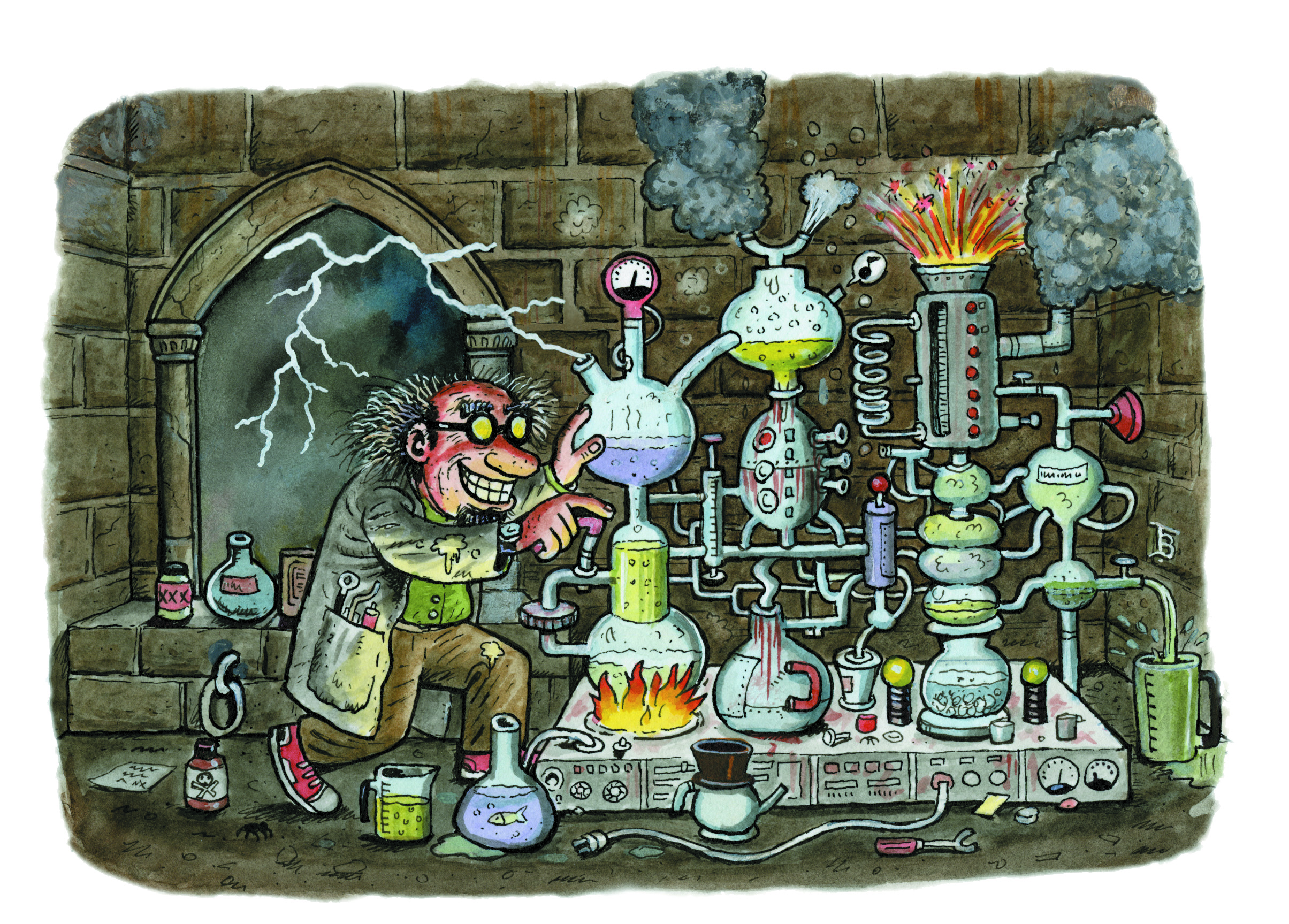
Overview
In this section you will find materials that support the implementation of EarthComm, Section 3: The Origin of Life on Earth.
Learning Outcomes
- Use a model to evaluate a hypothesis about how life may have originated on Earth.
- Carry out an investigation that examines the development of compounds necessary for life on Earth.
- Carry out an investigation that examines the evidence of the oldest forms of life on Earth.
- Carry out an investigation that compares ancient microscopic organisms with modern ones.
Inquiring Further
- To learn more about alternative biochemical pathways for life on Earth, visit the following web sites:
Discovery of "Arsenic-bug" Expands Definition of Life, NASA
Tells about microorganisms found in Mono Lake in California that thrive and reproduce using the toxic chemical arsenic.
Mono Lake and Mars: The Extremophile Connection, Mono Lake Committee
Connects the evidence collected at Mono Lake that suggests that Mars may have once supported life.
- To learn more about the Pilbara Supergroup and the Barberton Supergroup, visit the following web sites:
The oldest records of photosynthesis, University of California, Santa Barbara
Describes stromatolites from low grade metasedimentary
rocks in Western Australia and South Africa (the Pilbara Supergroup of Australia and the Barberton Supergroup of South Africa).
Earth’s Earliest Biosphere—A Proposal to Develop a Collection of Curated Archean Geologic Reference Materials, Astrobiology
Examines the evidence of Earth’s early biosphere as preserved in the Pilbara Supergroup of Western Australia.
Looking through windows into the earliest history of life on Earth and Mars, David Wacey, Nicola McLoughlin, and Martin Brasier
Provides an overview of life contained in the Pilbara Supergroup, and the Barberton Supergroup.
Resources
To learn more about this topic, visit the following web sites:
Origin of Life
From Soup to Cells—the Origin of Life, University of California Museum of Paleontology
Looks at the evidence of Earth’s earliest life forms. Considers where and how life originated.
How did life originate?, University of California Museum of Paleontology
Examines the series of steps that led to the formation of multicellular life forms.
Studying the origin of life, University of California Museum of Paleontology
Considers the role of RNA and DNA in the evolution of living things.
Origin of Life: The Panspermia Theory, Sonali S. Joshi
Overview of the panspermia theory, which suggests that life on Earth was transported to Earth from somewhere else in the universe.
Origins of Life – Chemosynthesis, Kenyon College
Examines the chemosynthesis theory for the origin of life on earth. Describes how the very first microscopic life on primitive Earth could have evolved as a result of a series of chemical reactions.
Origins of Life on Earth, Fulton-Montgomery Community College
Overview of various theories for how life on Earth originated and evolved to multicellular forms.
Miller/Urey Experiment, NASA
Revisits Stanley L. Miller’s and Harold C. Urey’s scientific investigation into the origin of life.
Evidence of Early Life Forms
Cyanobacteria: Fossil Record, University of California Museum of Paleontology
Examines the formation of stromatolites from cyanobacteria and the fossil evidence they contain of early life forms.
Stromatolites, Carleton College
Overview of stromatolites. Includes several images of different stromatolite forms.
Stromatolites of Shark Bay, Government of Western Australia, Department of Environment and Conservation
Examines the diverse and abundant examples of living marine stromatolites found at Shark Bay in Australia.
